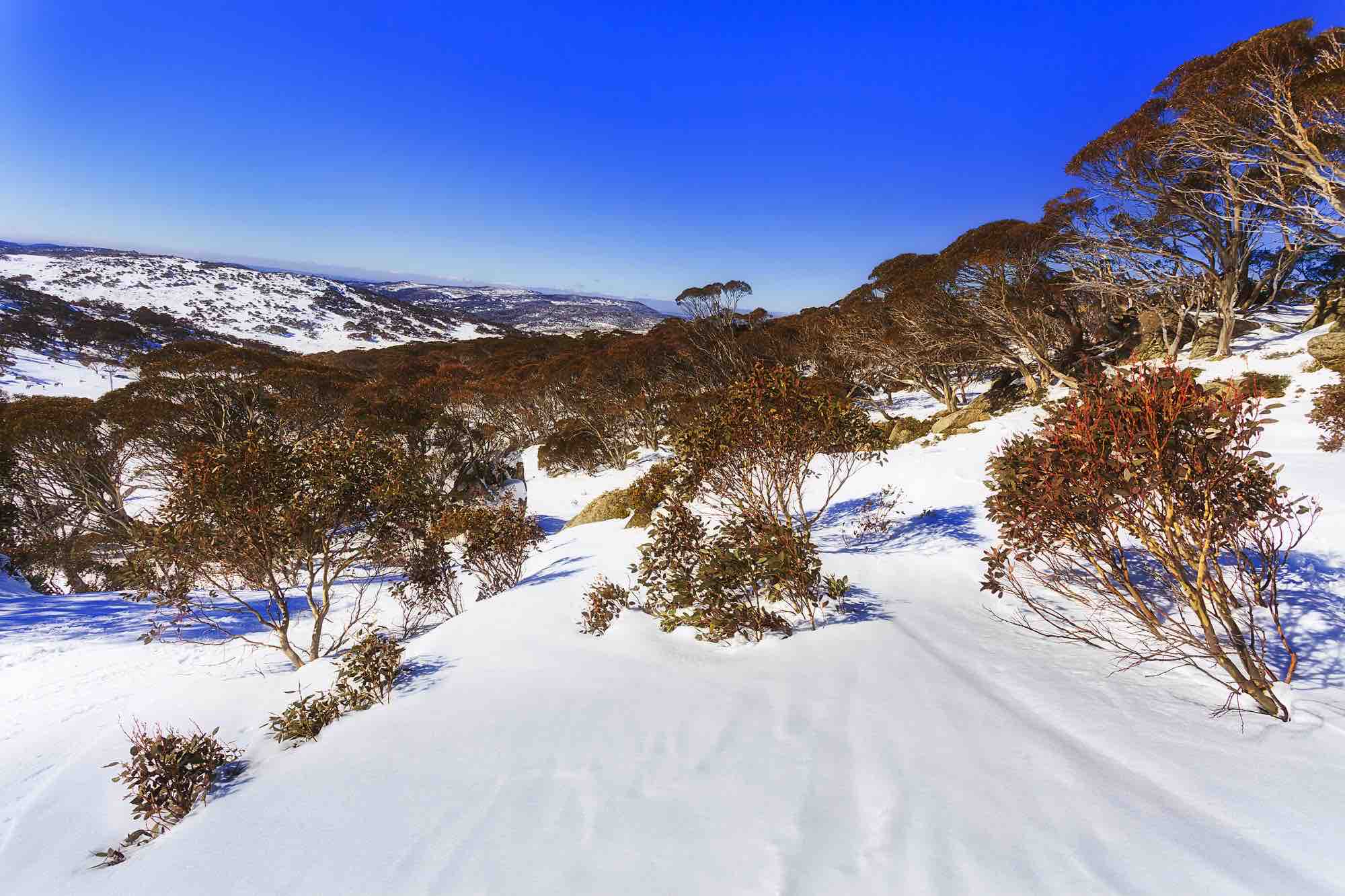Discover the Remarkable Effects of Snow in Australia on Neighborhood Environments
In spite of its track record for sun-soaked landscapes, Australia also flaunts regions buried by snow-- a sensation that exceptionally influences the country's special ecosystems. The shielding residential properties of snows shield plants and fauna amidst the chilliest winter seasons, while the melting snow supports rivers and marine life. However, the genuine wonder depend on just how these chilly problems form the nation's biodiversity and nutrient cycles. As we decipher this detailed relationship, we discover ourselves treading on uncharted grounds in Australia's high country.
The Unanticipated Regions of Snowfall in Australia
Although Australia is often connected with sun-scorched landscapes and sandy coastlines, certain regions surprisingly experience snowfall. The high nation areas of New South Wales, Victoria, and Tasmania are specifically recognized for their wintertime snow. The Snowy Hills in NSW, for circumstances, receive abundant seasonal snow, supplying a plain comparison to the nation's common warm, arid environment. The Victorian Alps and components of Tasmania also see yearly snowfalls, transforming the landscape right into a winter heaven. These areas are not simply anomalies however important parts of Australia's diverse climate system. The existence of snow in these regions dramatically affects regional ecosystems, consequently influencing the country's one-of-a-kind biodiversity. Nonetheless, the certain effect on Australia's unique vegetation will be gone over in the following section.

Exactly How Snow Impacts Australia's Distinct Vegetation
These plants have progressed to survive in extreme conditions, with snow offering as a protective blanket from rough winds and freezing temperature levels. The snow also adds to the dampness content of the dirt, giving necessary hydration for plant life throughout the completely dry summer season months. In essence, the snow influences the timing of blooming and seed dispersal, the development rates, and the survival of lots of plant species, showcasing the intricate interaction in between climate and flora in Australia.

The Adjustments of Australian Animal to Snowfall
Just as Australia's vegetation has adjusted to the wintery conditions, the neighborhood fauna as well, show impressive adjustments to the snowfall. Variety like the Hill Pygmy-possum, the only Australian marsupial known to hibernate, have advanced approaches to make it through in snowy settings. It uses the snow as insulation, hibernating in rock gaps under the snow to stay cozy. The Snow Skink, a species of lizard, changes its colour to Does Australia Get Snow white throughout winter, giving camouflage versus killers. Birds such as the Snowy Hills' Crimson Rosella likewise readjust their diet regimens to consume offered food sources throughout colder periods. Therefore, regardless of the rough conditions, Australian fauna demonstrates a resistant and flexible nature, ensuring their survival in areas experiencing snowfall.
The Duty of Snow fit Neighborhood Environments
In shaping the regional ecological communities, the duty of snow in Australia is both multilayered and profound. It influences the circulation of flora and fauna, greatly specifying the biodiversity of sub-alpine and alpine regions. Snow offers an essential water resource, feeding rivers and tanks as it melts, thus sustaining a variety of aquatic life types. Additionally, snow acts as an insulator, shielding ground-dwelling microorganisms from extreme cold. Similarly, it plays a significant role in soil formation and nutrient cycling. The routine cold and thawing of dirt caused by snowfall fosters the break down of rocks, improving dirt fertility. The existence of snow shapes the greenery patterns, animal behavior, and general sustainability of Australia's distinct ecological communities.
The Future of Snowfall in Australia: Ramifications and predictions

Provided the essential duty snow plays in forming regional ecological communities, the future of snowfall in Australia is drawing boosting focus from researchers and environmentalists. Much less snow might result in minimized water accessibility in towering regions, adversely affecting wild animals environments and plant life. The tourism sector, heavily reliant on the winter months snow season, might likewise encounter considerable obstacles.
Final Thought
The role of snow in Australia's ecosystems is pivotal yet typically forgotten. It functions as a protector, a nurturer, and a shaper of varied towering varieties, adding to the splendor of Australia's high nation. As climatic patterns remain to change, comprehending the ramifications and possible improvements of these snow-influenced environments is crucial. Thus, the snow in Australia is greater than an all-natural spectacle; it's an important player in the nation's environmental narrative.
Regardless of its reputation for sun-soaked landscapes, Australia also flaunts areas blanketed by snow-- a sensation that exceptionally influences the nation's special environments. It uses the snow as insulation, hibernating in rock gaps underneath the snow to remain cozy - Does Australia Get Snow.In shaping the neighborhood ecosystems, the role of snow in Australia is both profound and multilayered. The presence of snow forms the plant life patterns, pet behavior, and total sustainability of Australia's distinct ecosystems
Offered the vital function snow plays in forming regional ecological communities, the future of snowfall in Australia is attracting boosting focus from researchers and conservationists.
Comments on “Learn Which Areas Get the Heaviest Snow In Australia During the Cold Season”